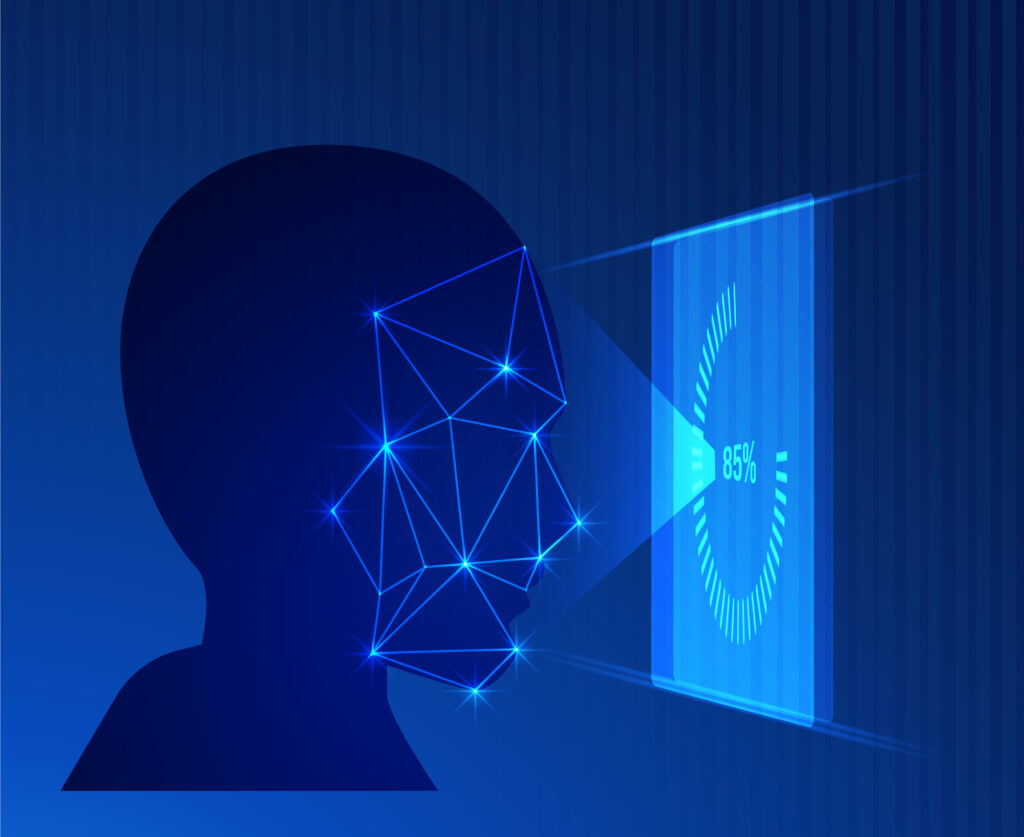In cybersecurity, the paradigm has shifted from relying solely on legacy perimeter defenses to embracing a Zero Trust approach. This shift stems from the realization that hackers are becoming more sophisticated, targeting vulnerabilities within trusted networks and using stolen credentials to gain access.
Why Entities Matter in Zero Trust
In the past, we relied heavily on legacy perimeter defenses to keep hackers out. But now, with entities becoming the new perimeter, we have to evaluate every single entity trying to access our systems. This shift is crucial because hackers are getting smarter by the day. They’re not just targeting the perimeter but finding ways to exploit vulnerabilities within trusted networks and using stolen credentials to sneak in.
Zero Trust comes into play with a different perspective than what many of us may initially think. It’s not about whom we shouldn’t trust; rather, it’s about redefining whom we should trust.
Central to Zero Trust is the evaluation of entities—users, devices, apps, or services—based on specific attributes like identity, device health, and behaviour. This approach ensures that access is granted only based on verified credentials, minimizing exposure even for compromised entities.
The Pillars of Zero Trust Adoption
At Genix, we focus on six crucial areas to establish a robust zero-trust framework. They align closely with the five pillars of CISA’s model.
✅ Identity Management: Verifying users and granting access through strong authentication methods.
✅ Device Management: Controlling permissions within the network for enhanced security.
✅ Network Segmentation: Implementing least privilege access to reduce breach impact.
✅ Application and Workload Security: Safeguarding against unauthorized access and malicious activities.
✅ Data Protection: Classifying, encrypting, and preventing data loss.
✅ Platform Security: Adhering to security protocols for cloud or on-premises environments.
For a clearer understanding of how these areas work together within Zero Trust, let’s categorize them into three critical facets
🔹Managing who accesses it: Users, Devices, Providers.
🔹Managing what is being accessed: Data and Applications.
🔹Managing through what it is being accessed: Network and Applications.
Overcoming Challenges in Zero Trust Implementation
Transitioning to a zero-trust model introduces challenges that organizations must address effectively:
✅ Change Management and User Experience: Educating users and implementing user-friendly solutions to ease the transition.
✅ Integration Complexity: Planning and collaboration across IT teams to seamlessly integrate Zero Trust into existing infrastructure.
✅ Continuous Monitoring and Improvement: Proactively addressing security gaps and adopting industry best practices for ongoing refinement.
Striking a Balance: Continuous Evaluation and User Experience
Balancing continuous evaluation (CE) in zero trust with user experience (UX) is like walking a tightrope. Robust CE is vital for security, but too much friction can frustrate users. The key is to find the sweet spot. Risk-based CE with stringent checks for high-risk actions, and user-friendly verification methods can help achieve this balance.
Now, let’s delve into the five steps for optimizing CE in a zero-trust environment:
✅ Understanding Needs: Classify assets, conduct security needs assessments, and analyze workflows for complementary CE processes.
✅ Optimizing the Approach: Implement risk-based CE, adopt adaptive authentication, and leverage contextual data for informed decisions.
✅ Mitigating Disruption: Use user-friendly MFA methods, enable Single Sign-On (SSO), and transparently communicate CE processes.
✅ Utilizing Technology: Automate routine CE tasks, use UEBA technologies for behaviour analysis and leverage real-time threat detection.
✅ Continuous Improvement: Gather industry best practices, conduct regular security reviews, and adapt to evolving threats.
In conclusion, Zero Trust is not just a concept but a strategic imperative in today’s cyber landscape. By redefining trust, focusing on entities, and continuously improving security measures, organizations can navigate the complexities of modern cybersecurity with resilience and confidence. Trust is earned through vigilance and adaptability, making Zero Trust an indispensable security need in today’s digital age.




